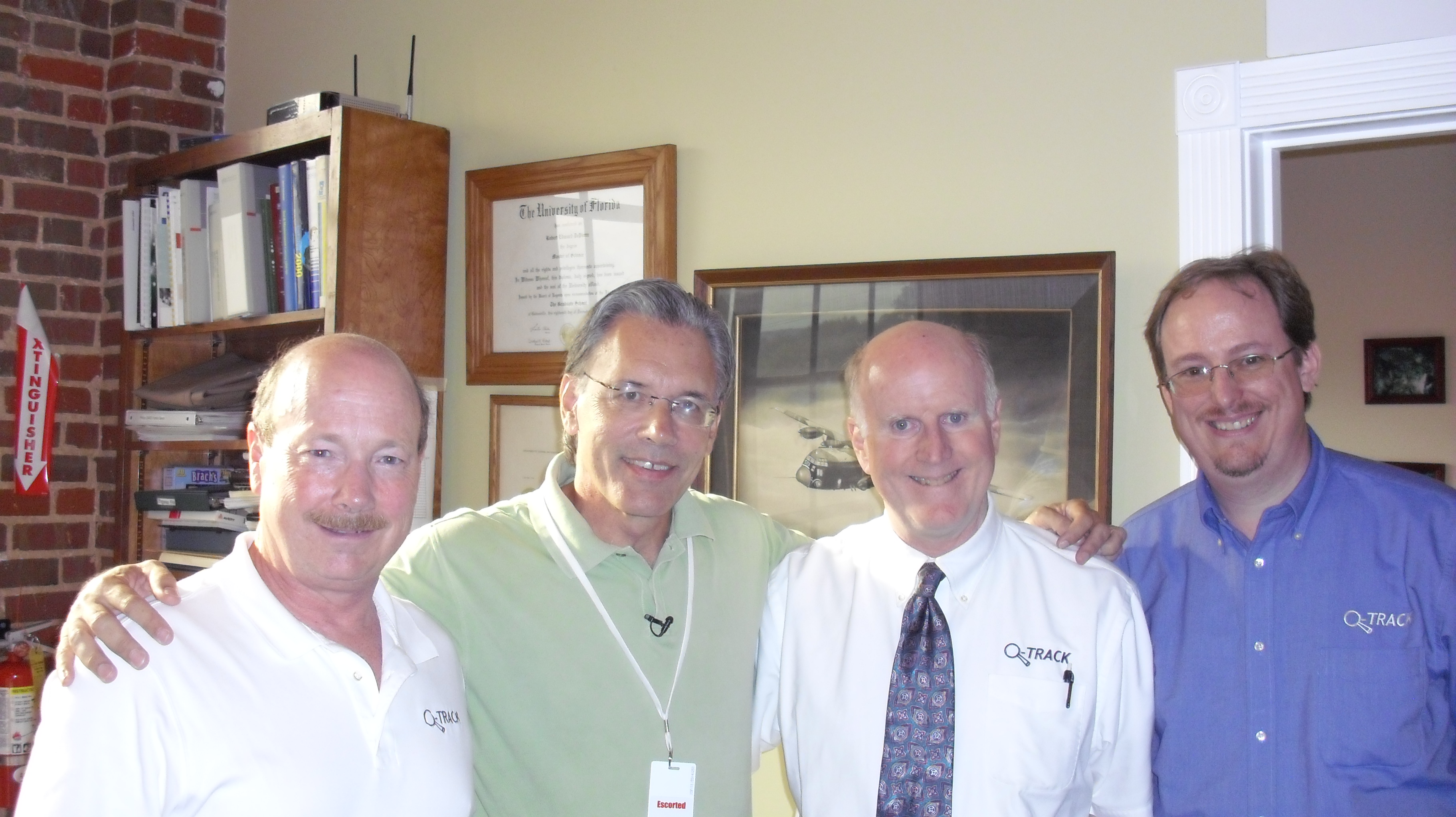
Writing an engaging and interesting book on a technical subject poses a significant challenge. Dive too deeply into the technical minutiae and you risk boring non-technical readers. Skim too superficially and you fail to do the subject justice. In his new book, You Are Here: From the Compass to GPS, the History and Future of How We Find Ourselves, author Hiawatha Bray navigates a middle course. The result is a book that will enlighten the most technical reader while entertaining and informing anyone seeking to learn more about the technology by which we find ourselves and our way.
Bray’s ambitious book presents the history of navigation and location technology from ancient days to modern times. His first chapter traces navigation and cartography from Polynesian shell maps through the discovery of the compass, and the astronomical and horological discoveries that enabled accurate navigation by 1800. His second chapter discusses radio based navigation. Since I’ve written papers on the history of RF-based navigation, I was particularly interested in this chapter. Bray hit all the essential points and even added details new to me, such as the performance and behavior of John Stone Stone’s early direction-finding antenna array, and how the need for reliable aerial navigation to support the growing demand for airmail spurred RF-navigation technology.
Chapter Three describes the development of gyroscopic and inertial navigation. In his fourth and fifth chapters, Bray presents the origins of the Global Positioning System (GPS). Bray notes a remarkably prescient 1869 suggestion from Edward Everett Hale for a satellite based navigation system.
Chapter Six presents the story of how Skyhook Wireless pioneered WiFi based navigation. Skyhook’s patent fight with Google offers a cautionary tale for entrepreneurs doing business with larger, deeper pocketed partners. Chapters Seven and Eight focus on satellite photograhpy and the revolution in Internet-based mapping. Chapters Nine and Ten look at the value of our personal location, how companies seek to monetize our whereabouts, and the implications for privacy.
The great strength of Bary’s examination of location technology is how he keeps it so fast-paced and interesting. The corresponding weakness is that at many points I wished he had gone into more detail. But with sixteen pages of end notes, Bray makes it easy to pick up the story where he left off. Overall, I believe Bray did an excellent job hitting the highlights, and keeping his story engaging and comprehensive without being too superficial.
Bray’s mandate was to describe the history and future of location technology. He masterfully explains those technologies that have matured to the point of providing wide-scale commercial location capability. Regrettably, he stopped there. Bray does not focus on emerging technologies poised to provide enhanced location capability – real-time location systems, beacon systems, and emerging advances in personal inertial navigation. This despite his excellent reporting on the subject, the topic of previous blog posts tagged Hiawatha Bray.
Nevertheless, I’m recommending my colleagues in the location technology business read You Are Here so they too can benefit from Bray’s masterful history of location technology.


